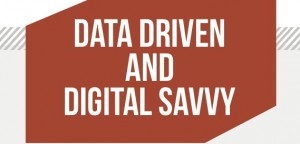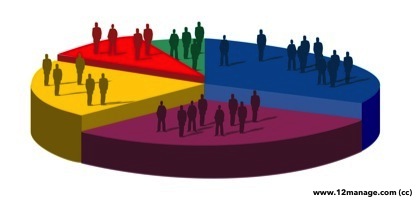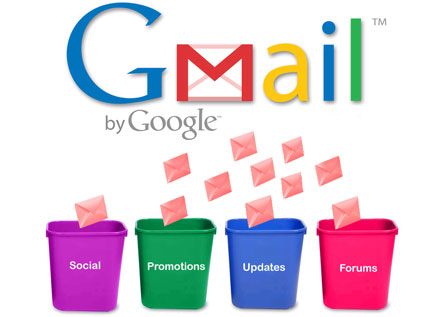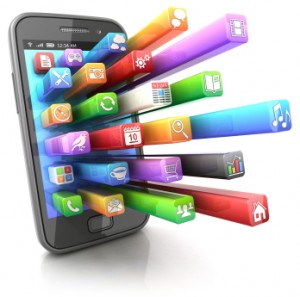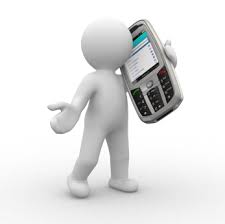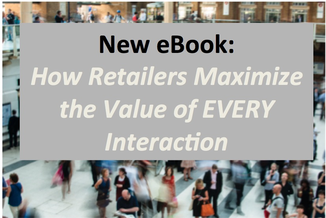Aberdeen reported in February that 100% of businesses are using more than one channel to interact with customers. Multi-channel hasn’t been new for years, as their CEM report pointed out. Not only is the term tired but pointing out that businesses use more than one channel to communicate and drive sales is old news and completely misses the point of modern marketing.

The promise of marketing analytics has long been surrounded by a haze of suspicion and poor execution. Too good to be true, too dismissive of the marketer’s intuition, analytics seem to some to be an expensive solution to a problem marketers do not think they have. Even for those marketers that understand the value of this technology, analytics often fail to meet their expectations. But why? We took a look in this infographic and discuss solutions below.
Consumers are connected to the brands they use in more ways than we could have imagined just five years ago. Today, consumers are reaching out to the brands, and no longer wait for brand initiated conversations.
While web advertising was once considered the cutting edge of advertising, marketers now find themselves grasping for evidence of ROI and sweeping up cookie crumbs. But there’s an alternative: mobile. With mobile, marketers have the opportunity to pull mobile data and create targeted messaging – not to be confused with an overstatement about location targeting – but true, useful data based on the fact that we now know the mobile user.
If the sightings of people walking into one another on the street, couples ignoring each other at restaurants and holding up traffic with heads down wasn't evidence that mobile phones have crept irreversibly into our lives, here is yet more cause for marketers to take serious note: “A combined 51% of time on retail sites took place on devices as of February (37% on smartphones, 14% on tablets) compared to 49% on PCs,” according to a new study by mobile ad network Millennial Media and comScore.
"Our lives are not our own. We are bound to others, past and present, and by each crime and every kindness, we birth our future." –from Cloud Atlas by David Mitchell
Oh Google, you did it again. You changed with the times. And this time, you sent a bunch of email marketers scrambling to figure out what to do before those precious margins slipped away. I'm speaking of course about the new changes to Gmail, including the much-discussed email service's new promotions tab.
The move has caused a bit of an uproar among marketers who can't help but bash Google for making their lives more difficult and for cutting out commerce—the same sad song that surfaces every time a new change to Gmail's search algorithm sends SEO and other experts into a tizzy about how “unfair” it all is.
Now that email marketers have had their chance to stand up and declare that their channel is under attack (!!) it's probably time to take a holistic look at what the de facto digital trendsetter is actually doing with consumers and the digital ecosystem.
Target has made headlines of late with a very clever positioning against Walmart, clothing retailers and frankly, malls across America and is somehow winning the perception war that these massive stores are actually hip alternatives to the real big box retailers. In an age when Walmart has a budget to fight the petitions that inevitably pop up for the launch of a new store, Target is somehow making gains in its desired perception as a different sort of big store. And in that tapestry of carefully crafted product, marketing and channel decisions, it is weaving a masterpiece that in many ways sets the pace for big brands. So it should come as no surprise that Target’s new mobile app lays a groundwork that marketers at brands and especially retailers will find interesting.
With the spotlight on the NSA wiretapping programs and the smell of Big Brother still fresh, it’s worth reviewing a bit about those who have the most data, are best at using that data and have the most to gain from data. I am not talking about you, Uncle Sam, I am talking about you, the data-savvy marketer.
Whether we’re out to lunch or window shopping, mobile is playing a bigger role; it’s more than a distraction from your date or vibration in your pocket. It’s our tether to the world – from text alerts and app-driven push notifications to mobile-enabled websites and social media streams. And more often, it’s an up-sell being added when we agree to have our receipt sent to our email or our phone.


